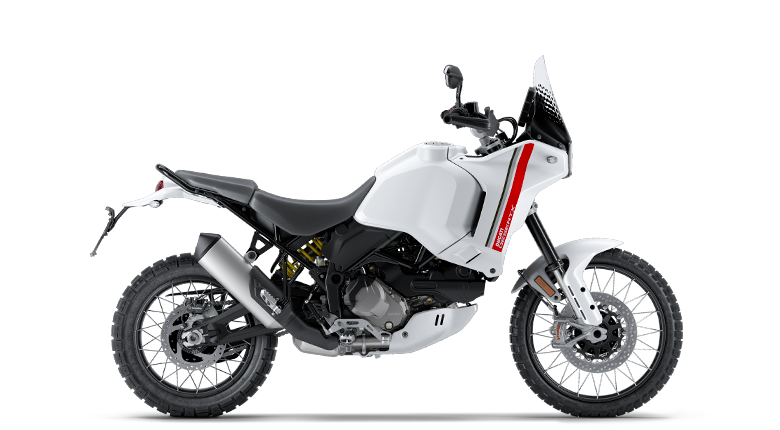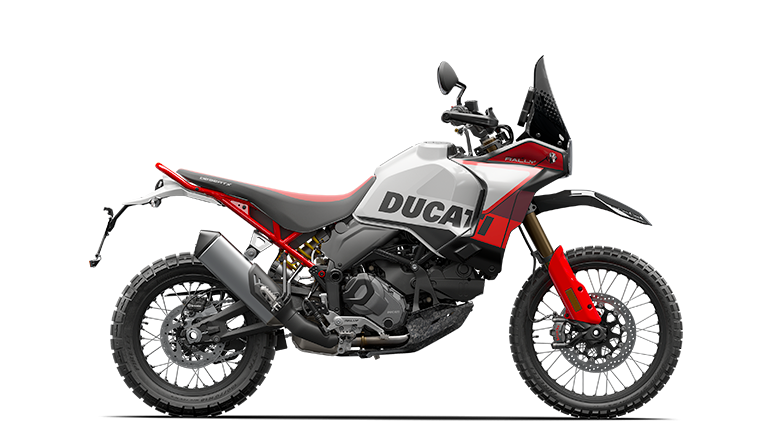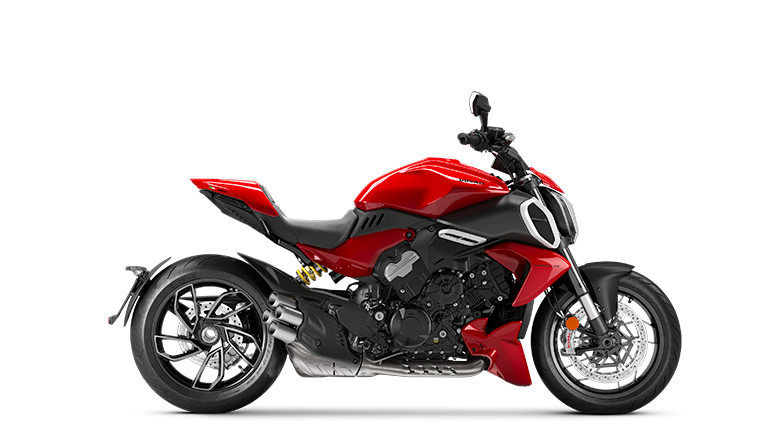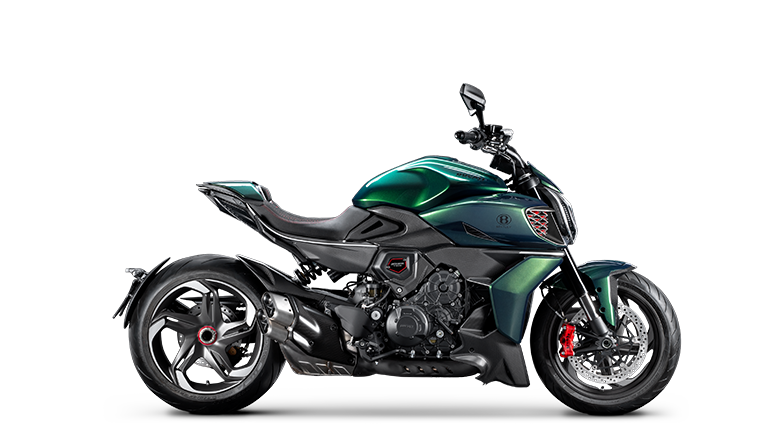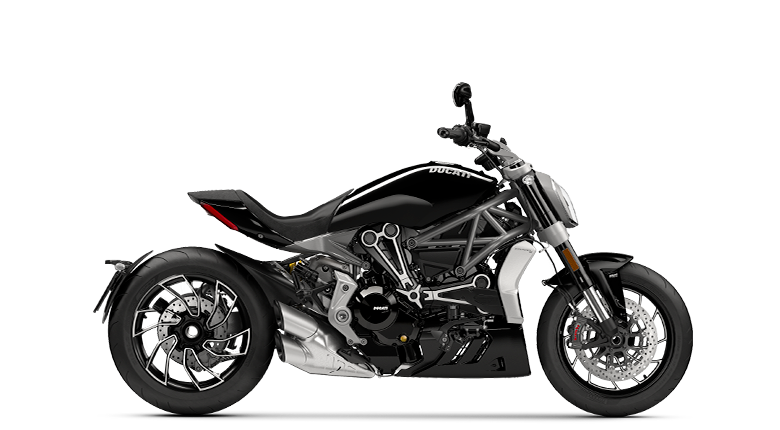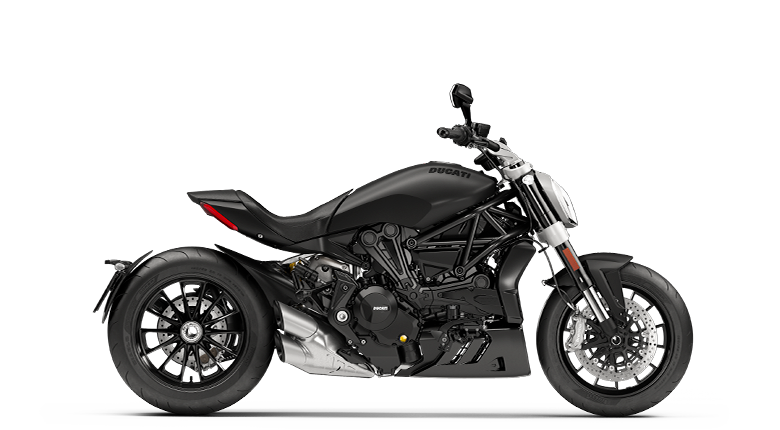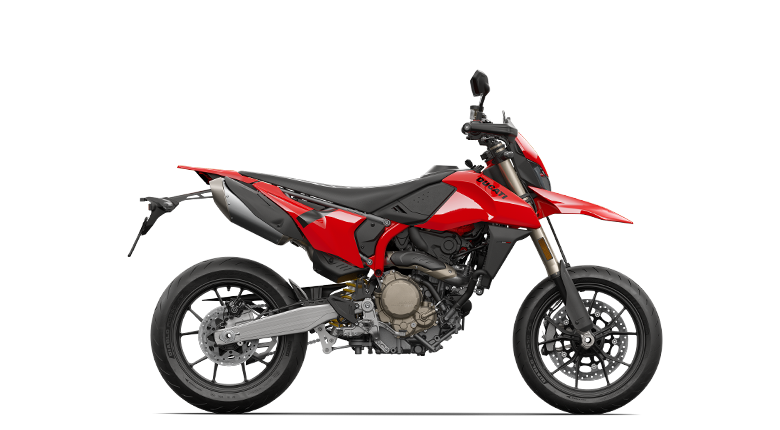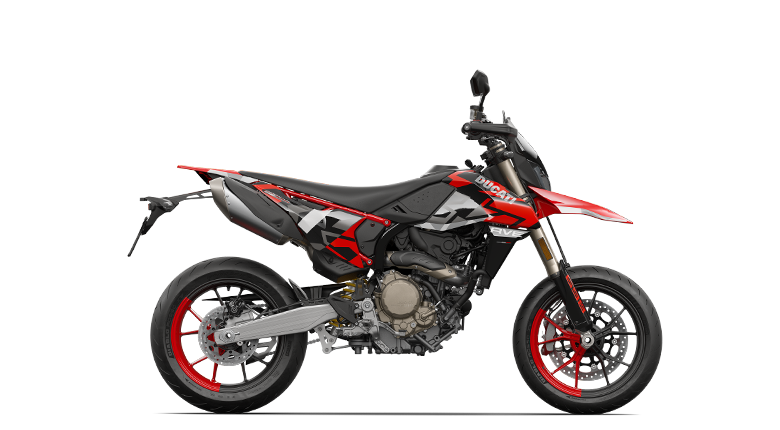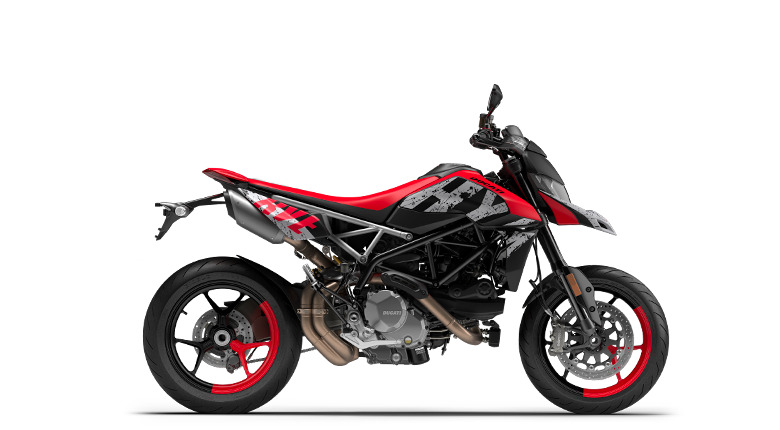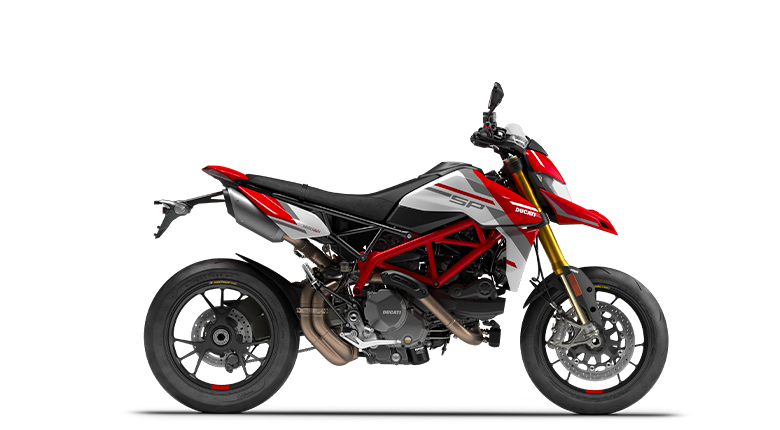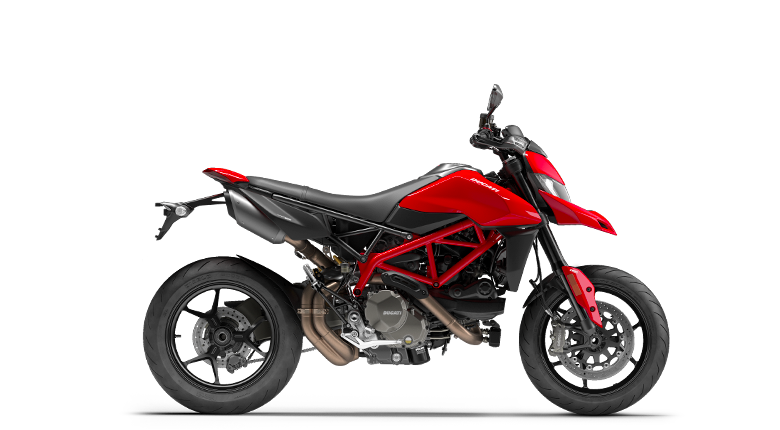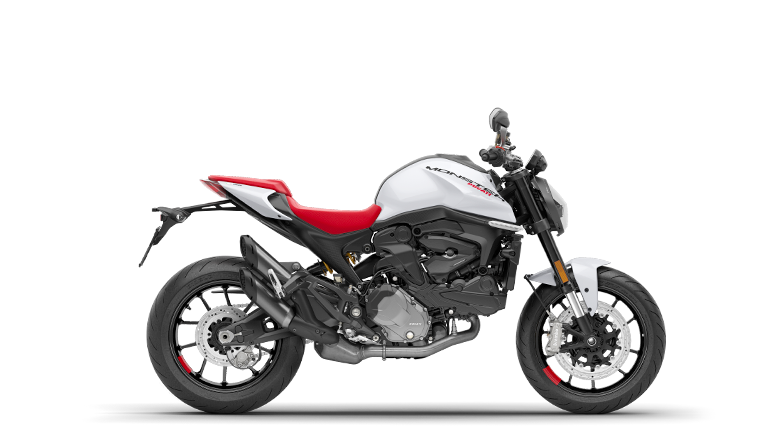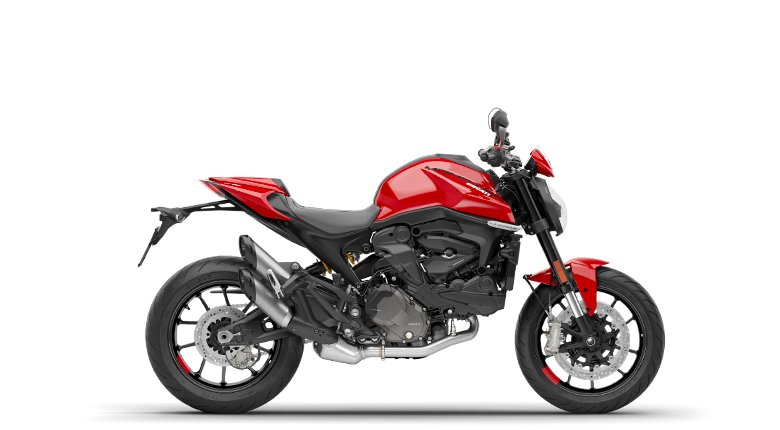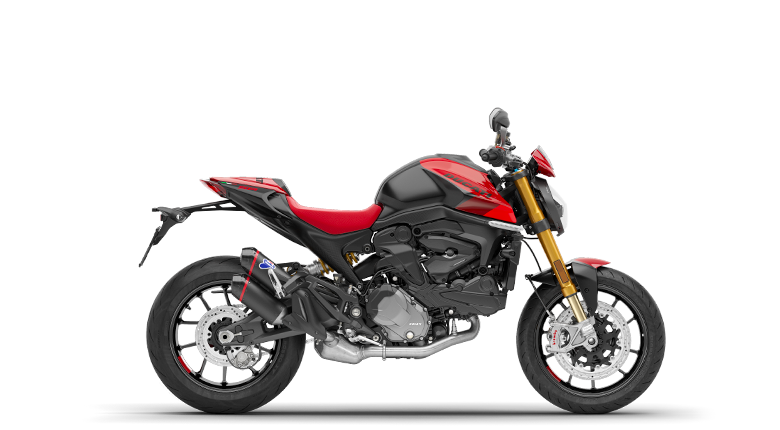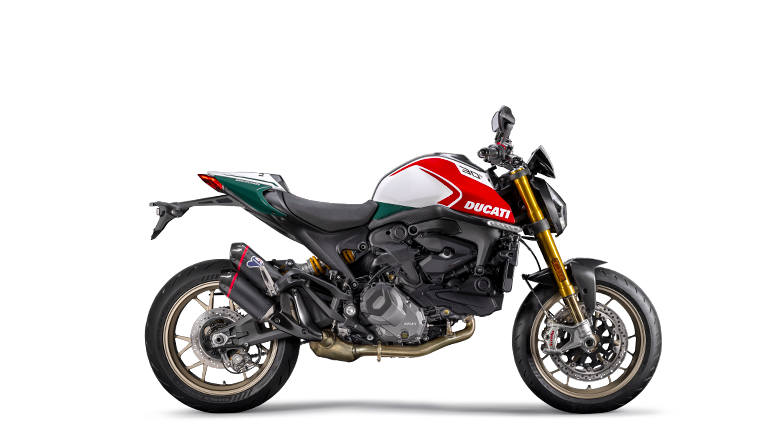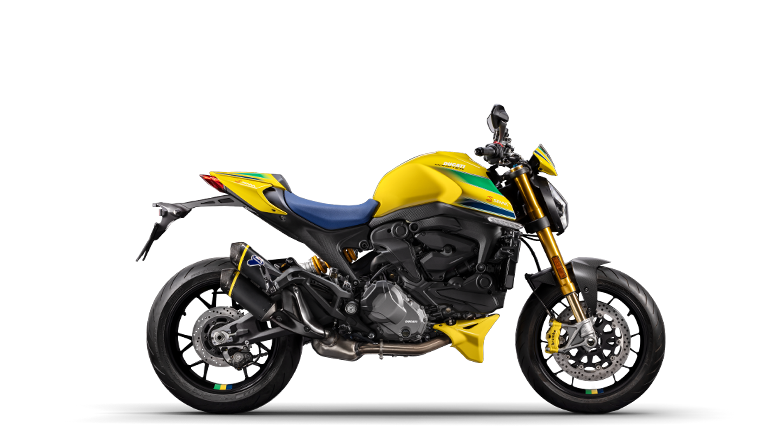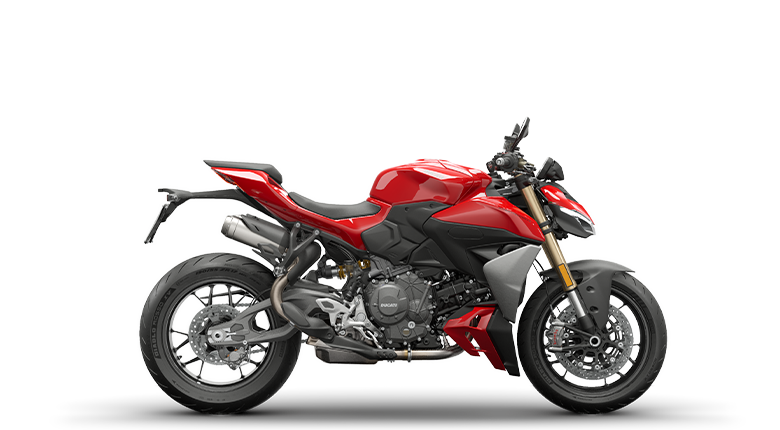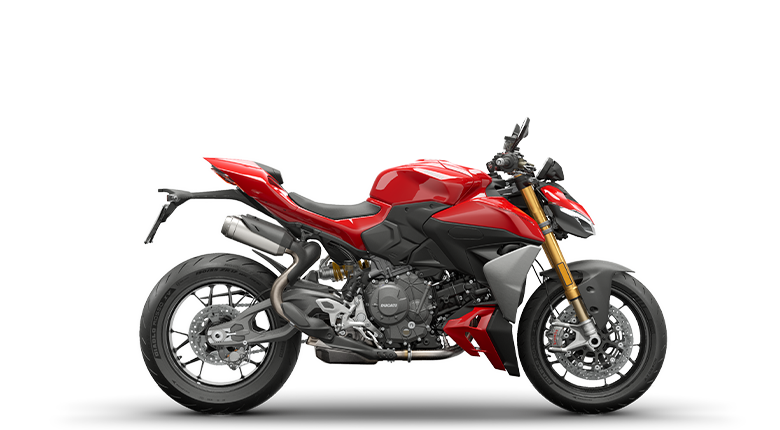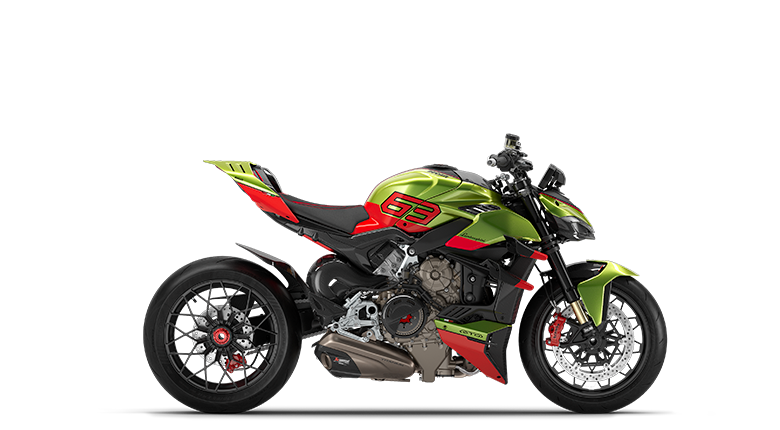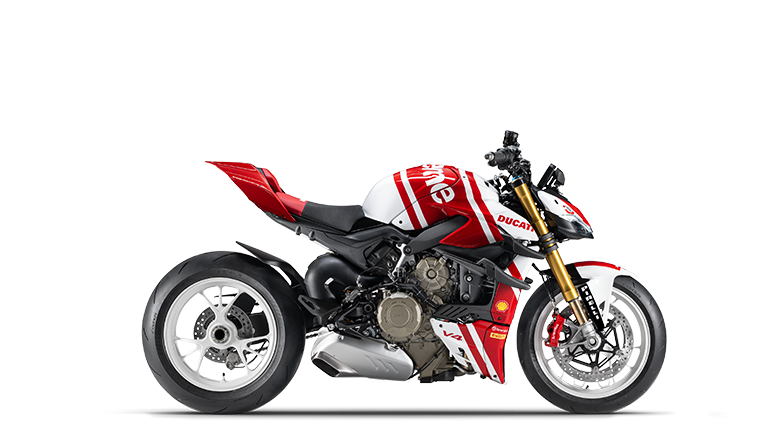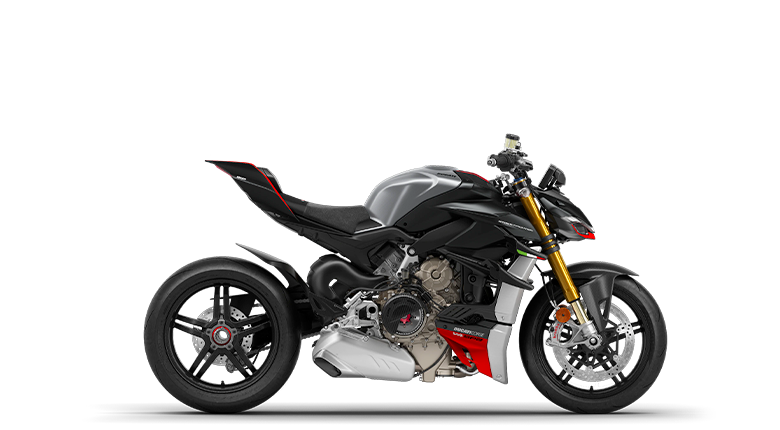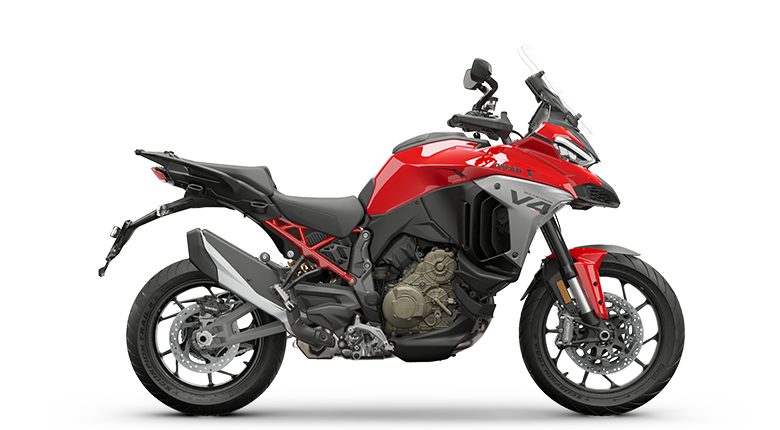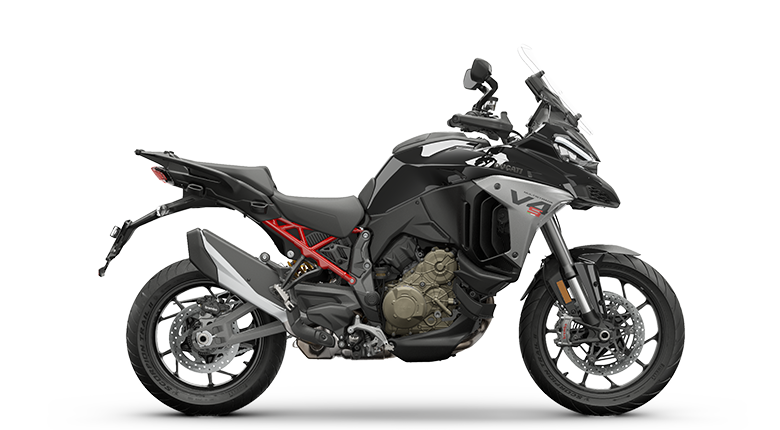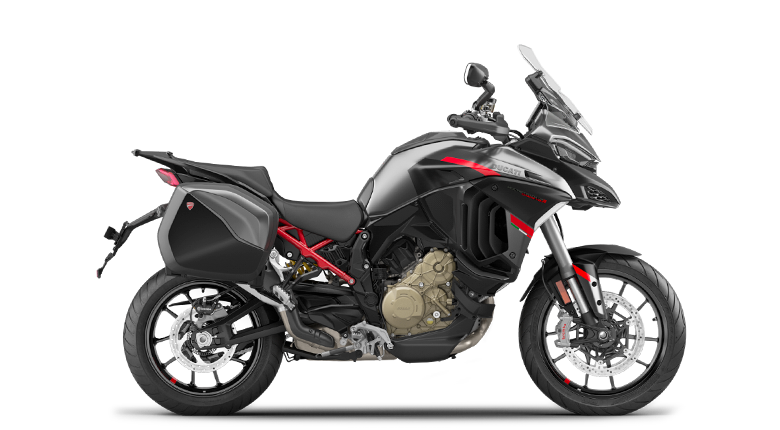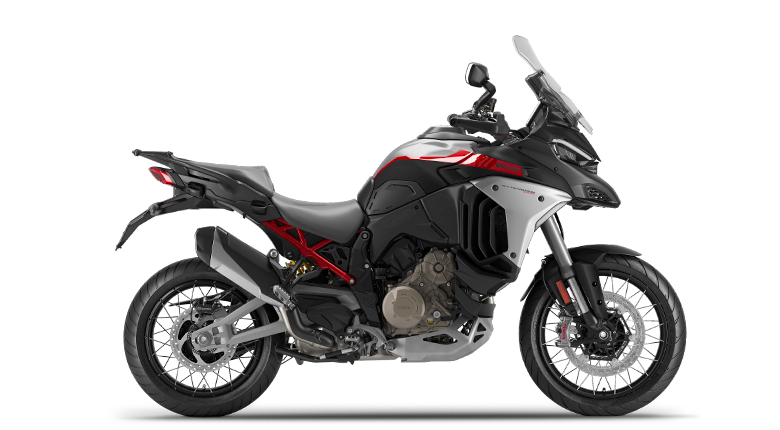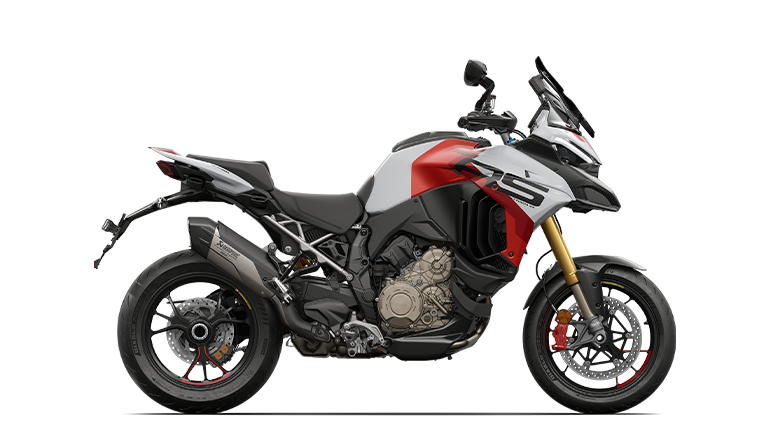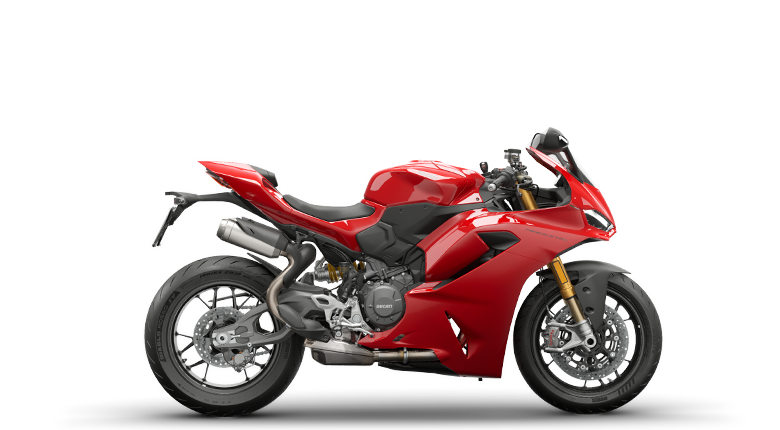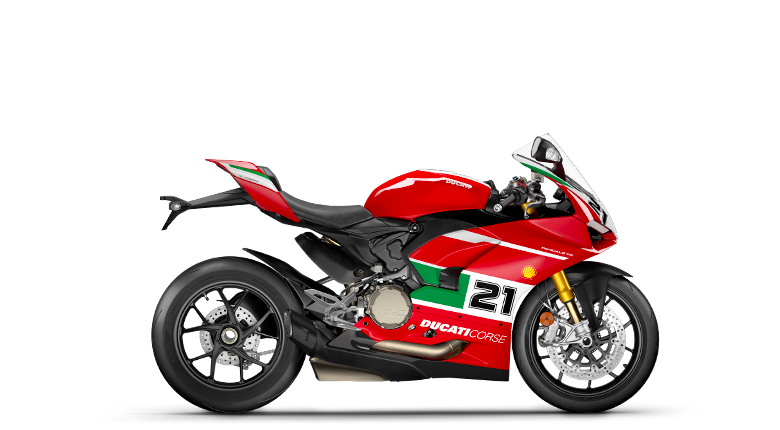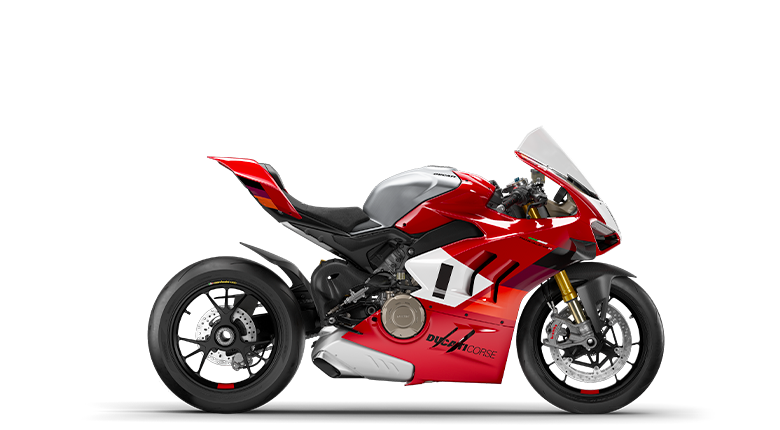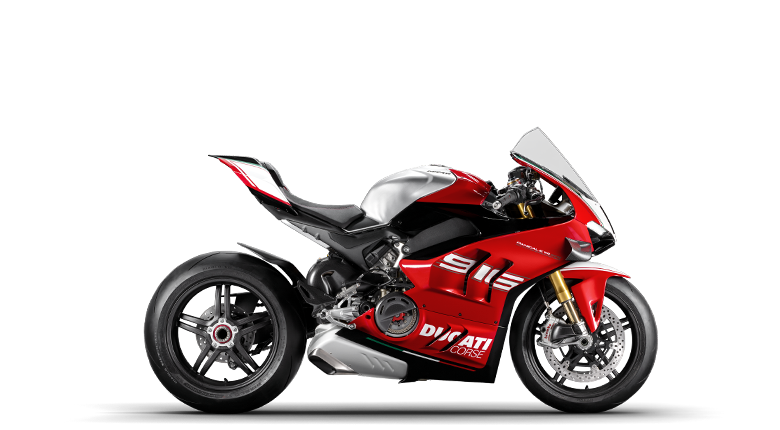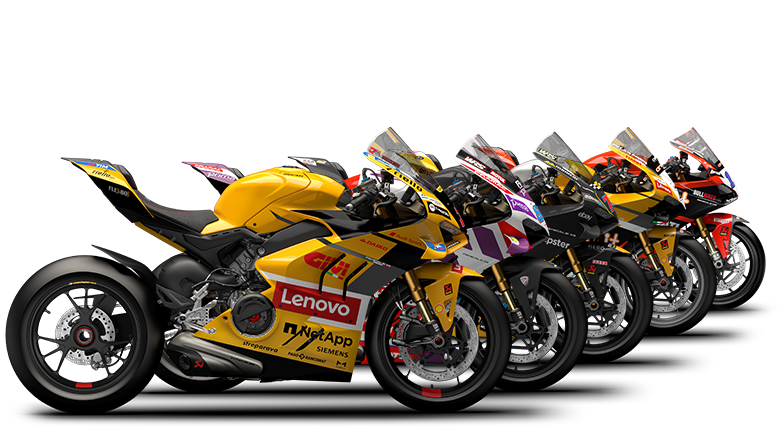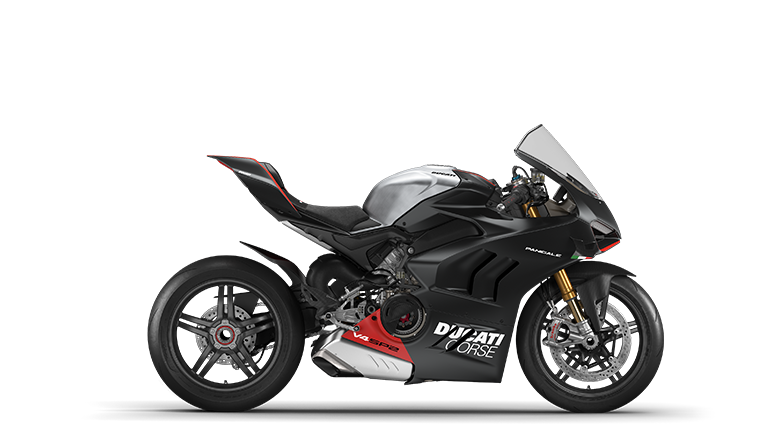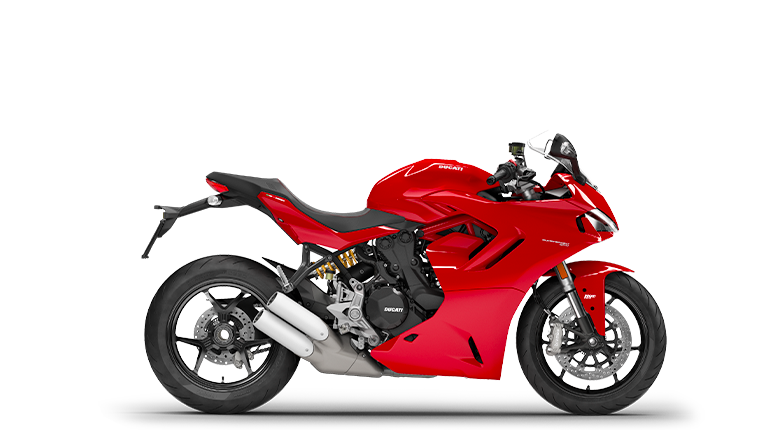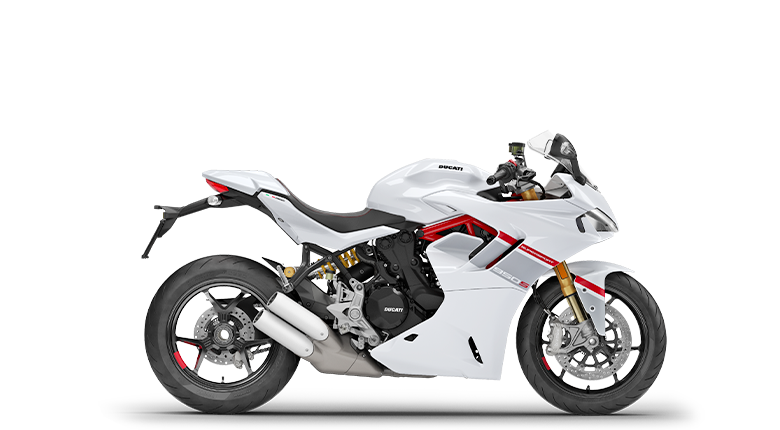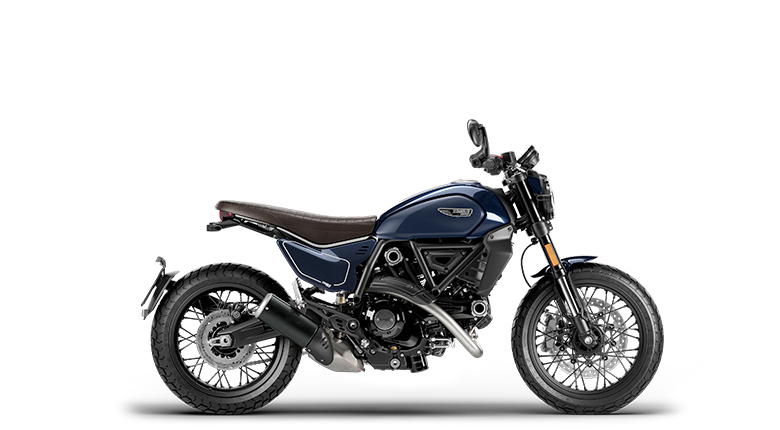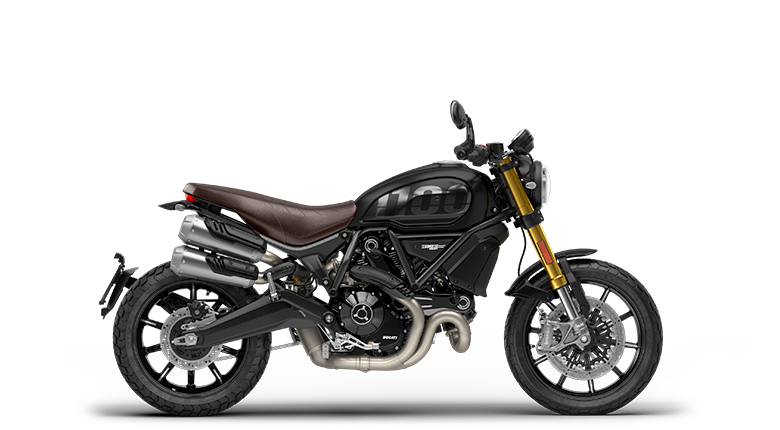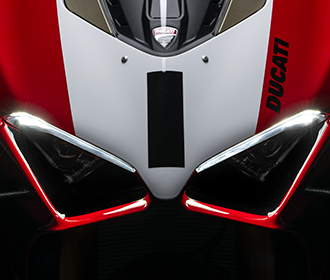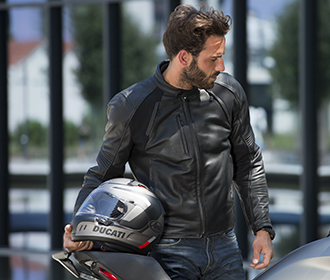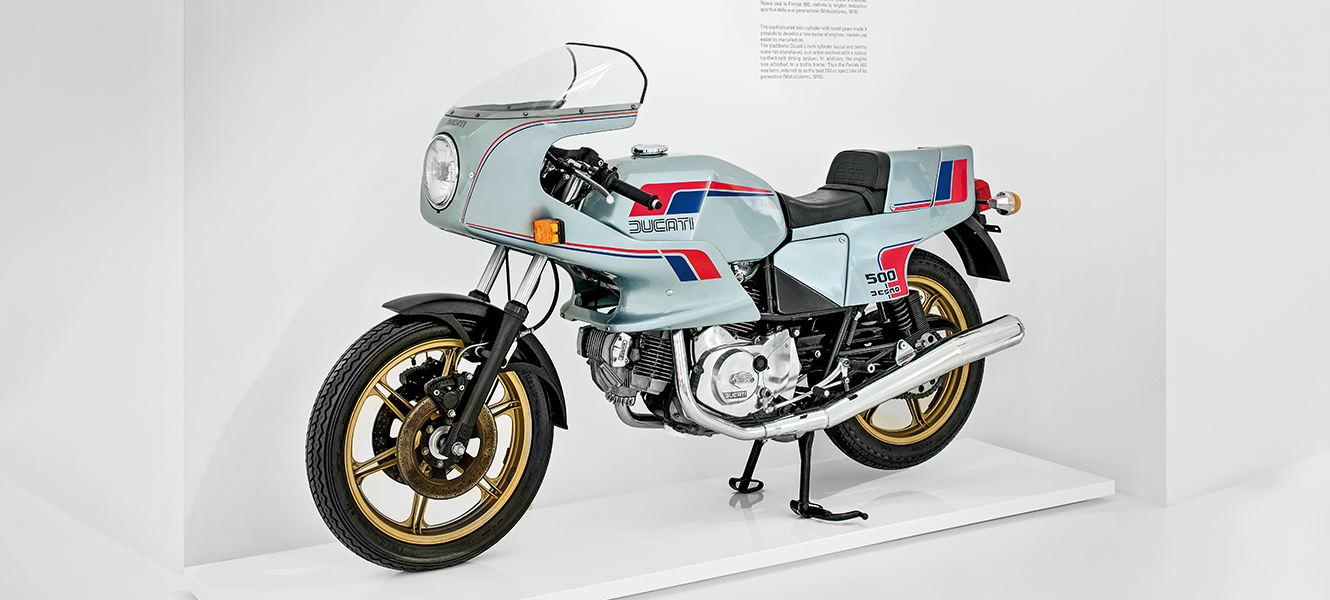500 Pantah
Towards the end of the 70s, one of the most innovative Ducati models, the Pantah 500, went into production.
Taglioni realised that it was time to combine the performance of the twin-cylinder with the agility of the newly conceived trellis frame.
Together with Gianluigi Mengoli, Taglioni took the next evolutionary step with the L-shaped twin, implementing a two-valve desmodromic system controlled via a rubber timing belt rather than the bevel gear system.
The new trellis frame, to which the engine was firmly fixed, made for a more agile and manageable motorcycle.
|
|
|
|---|---|
|
Displacement |
498,9 cc |
|
Maximum power |
45 hp at 9050 rpm |
|
Maximum speed |
200 km/h |
|
Dry weight |
180 kg |
And it was with this model that a new generation of sports bike was born at Ducati. The Pantah 500 signalled both the end of government control and the start of a new era for Ducati.
Essentially, the premises that would see the firm transform into one of the world’s best-known brands were all there. Design, performance, iconic style, an unmistakeable sound, a characteristic frame layout and generous power delivery – everything that makes up the heart of every Ducati.
The road and race bikes that have made Ducati history over the years.
 日本
日本
 DesertX
DesertX Diavel
Diavel
 XDiavel
XDiavel Hypermotard
Hypermotard
 Monster
Monster Streetfighter
Streetfighter Multistrada
Multistrada Panigale
Panigale SuperSport
SuperSport
 Scrambler
Scrambler OFF-ROAD
OFF-ROAD
 LIMITED SERIES
LIMITED SERIES

